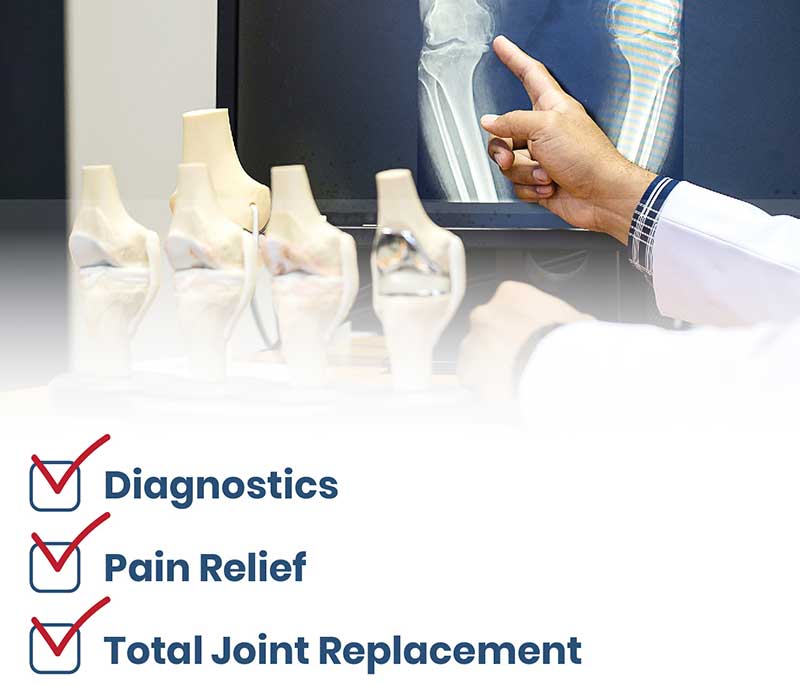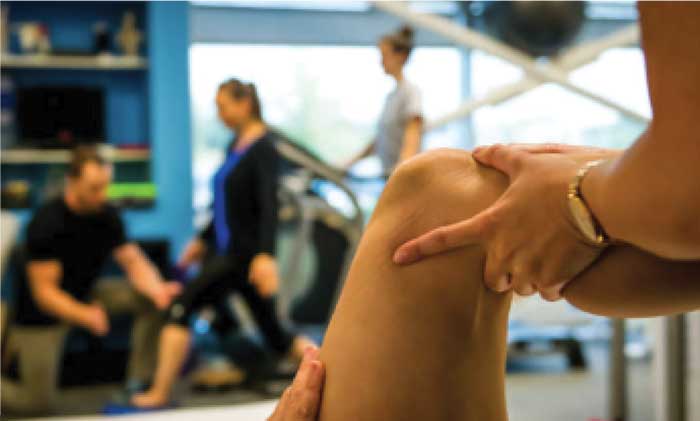

Knee pain is a common complaint among patients of all activity levels.
While knee surgery can treat a wide range of knee-related issues, it’s not something that’s usually recommended during initial attempts at providing acceptable relief.
However, if you have already tried anti-inflammatory medications, temporary bracing, cortisone shots placed directly into the affected area, and various forms of physical therapy without much success, here’s what you can expect with knee surgery.
Types of Knee Surgery


Meniscus repair is done to repair the C-shaped piece of cartilage (meniscus) that acts as a sort of naturally shock absorber between the shinbone and thighbone. Damage limited to one part of the knee may be corrected with the reshaping and repositioning bones (osteotomy). Arthroscopic surgery is also frequently performed on knees in a way that’s less invasive than what’s done with traditional open knee surgery. Arthroscopic surgery may be performed on knees for the following reasons:
- Removal of torn pieces of cartilage
- Repair of damaged patellar or quadriceps tendon
- Removal of loose bodies around the knee joint
- Removal of inflamed joint lining (synovectomy)
- Loosening of ligaments that help keep the kneecap in place and mobile (lateral release)

Performing Surgery on Knees
The way knee surgery is performed will depend on what procedure is being performed. If parts of the knee are being totally or partially replaced, for instance, metal, ceramic and/or plastic components are used to replace damaged knee structures. Arthroscopic knee surgery involves the use of a lighted scope and other specially designed instruments inserted through small incisions in the affected knee. If a meniscus transplant is necessary, the replacement meniscus comes from a cadaver donor.

Recovering from Knee Surgery
Most types of knee surgery will require some type of physical therapy as soon as it’s possible to safely perform therapeutic exercises. The purpose of post-surgery PT is to strengthen the knee and its supporting parts while also restoring flexibility and stability. Recovery plans and recommendations are typically based on each patient’s unique goals and capabilities.
Results with knee surgery will vary based on your overall health and the specific procedure you have done. If you have arthroscopic surgery to repair a torn cruciate ligament, for instance, you’ll likely recover sooner than you would if you had total knee replacement simply because of the way these procedures are normally performed. But you may be able to improve your results with any type of knee surgery by being mindful of your doctor’s instructions, fully participating in physical therapy, and being cautious with your return to your work, sports, and other routine and preferred activities.
